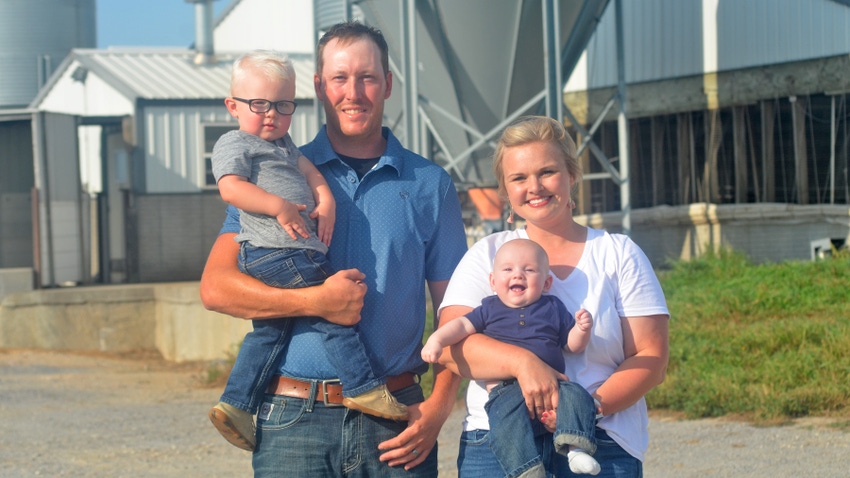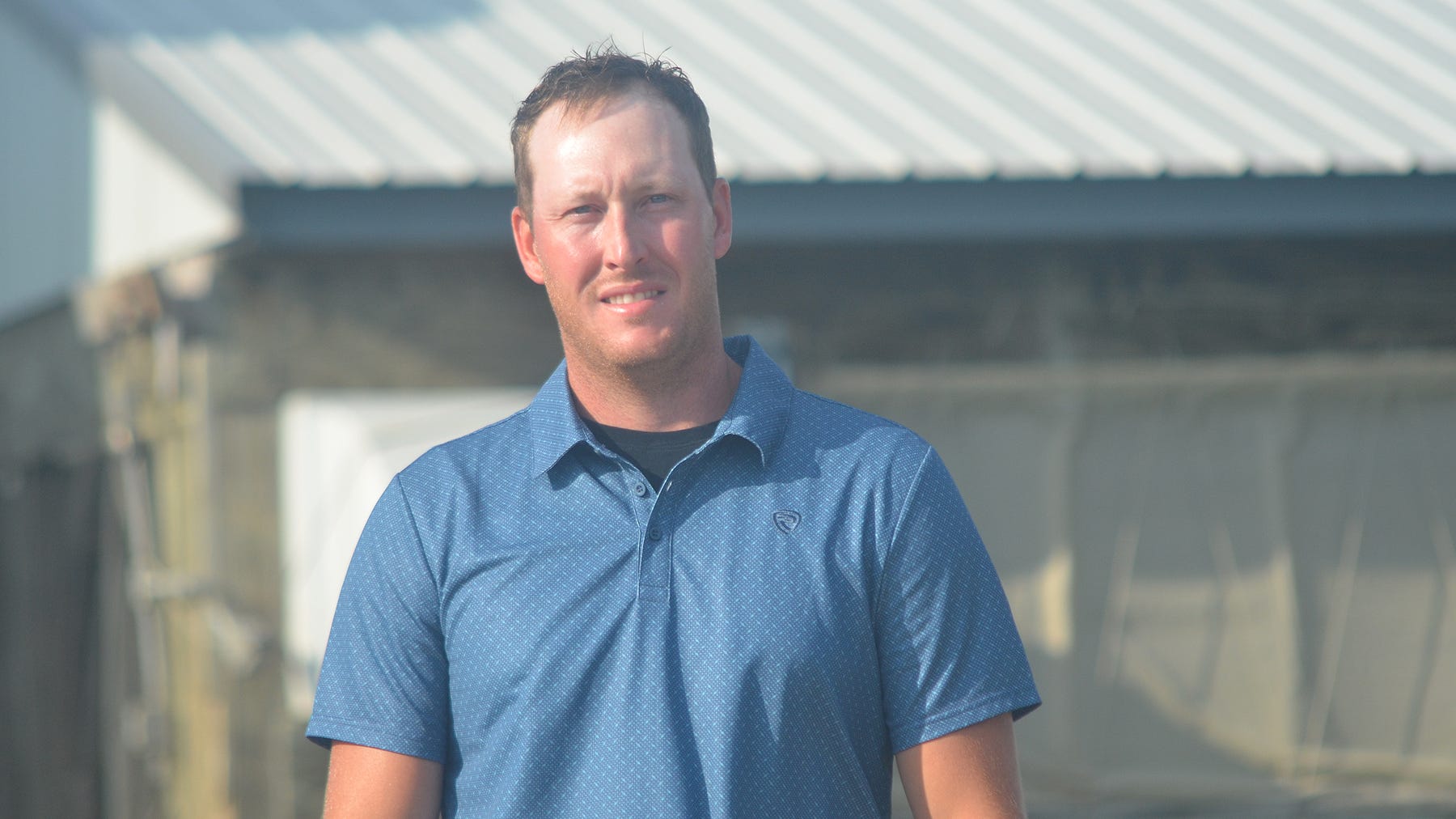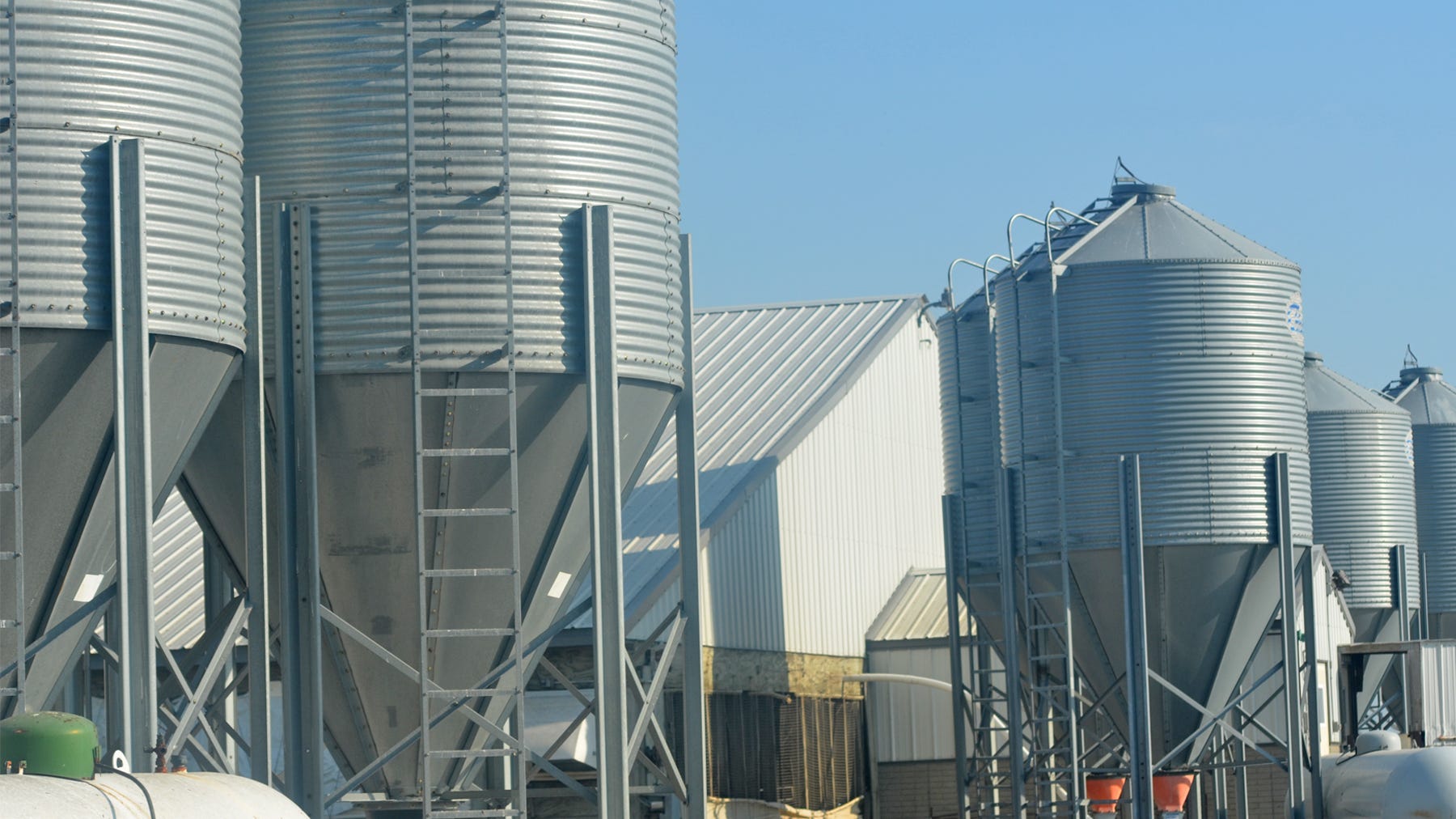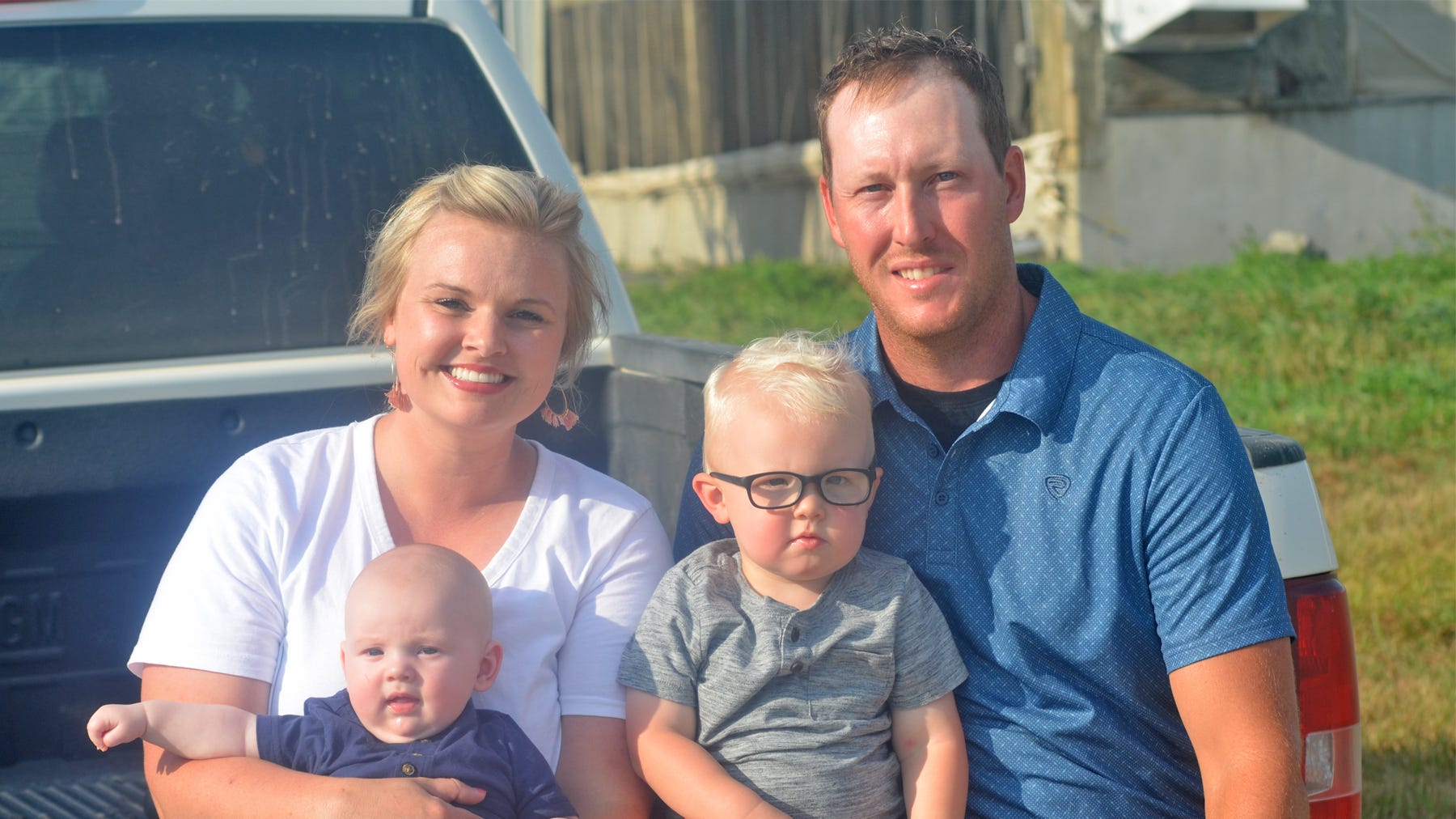
Pig farmers have their challenges these days. You name it — labor, interest rates, market volatility and disease concerns. That’s why profitable hog farmers have a couple of keys in their pockets to help them overcome these challenging times.
“There are many challenges for pig producers today, and in agriculture in general,” says third-generation family farmer Josh Wendt of Leigh, Neb. “In my opinion, the adaptation of technology and having good risk management are the keys for future success in pork production.”
As a new director serving on the Nebraska Pork Producers Association (NPPA) board, Wendt knows a thing or two about the industry. Marketing 35,000 pigs annually with his father and brother, Wendt and his own family — including his wife, Ally, and children Cade, 2, and Kolter, 5 months — are diversified with a 900-head feedlot, 130 cows and 3,200 acres of corn and soybeans. They have a farrow-to-finish operation, and they purchase weaned pigs as well.

BOARD MEMBER: Wendt recently joined the board of directors for the Nebraska Pork Producers Association, noting that the networking opportunities help his bottom line and improve communication within the industry.
“Pigs have been on our farm since long before I was born,” Wendt says. “Grandpa and Dad farrowed sows and fed pigs most of their lives, and our operation has grown over the years.”
The diversification is part of their risk management plan, and it has helped them weather market downturns and other obstacles.
Tech tools
Technology also has had an important place on their farm. “In recent years, we have added Prosort sorting scales to our finishing sites,” Wendt says. “With the automatic sorting scales, we are able to market our pigs in a more specific weight range, which helps with efficiency — not overfeeding or underfeeding an animal.”

DIVERSITY: Wendt says one of the tools used within the family’s operation to stay successful is to be diversified, which in their case includes crops, cattle and hogs.
The automatic sorting scales are less stressful on the hogs, he adds. “It also frees up some labor when the scales can do the sorting process for us,” Wendt explains. “We have added Barntalk technology to our barns as well, so we can monitor temperature, water usage and power outage events from our smartphone, no matter where we are.”
Staying active
Being involved with NPPA also helps Wendt in his operation. “I look forward to meeting with other producers and people in the industry,” he says. “By networking with other producers, we as an industry can help solve some issues and ensure future success. I’m thankful to get the opportunity to have a voice for our industry.”
The June 1 USDA hog inventory was up slightly from 2022, with 72.4 million hogs and pigs on U.S. farms, with 66.2 million head as market hogs and another 6.15 million kept for breeding.

FOR THE FUTURE: With young children of their own, Josh and Ally Wendt would love to see one of their children, Kolter (left) or Cade, become the fourth generation in the family to raise pigs on their farm one day.
Nebraska usually ranks sixth in all hogs and pigs on farms nationally, and seventh in commercial hog slaughter. In Nebraska, the June 1 report had 3.65 million head, up 4% from last year at the same time, and up 1% from the March report. The breeding hog inventory was 390,000 head, down 7% from a year ago, while the number on market hogs was 3.26 million head, up 6% from a year ago.
While the hog numbers will go up and down and volatile markets and other challenges will always be there, Wendt is optimistic.
“Pig producers are some of the most resilient people in the world, and those challenges will be met head on,” he says. “With my brother and I as the third generation on our farm, I’d like to see our operation continue to evolve and to be successful for the fourth generation in the family and into the future after that.”
About the Author(s)
You May Also Like






